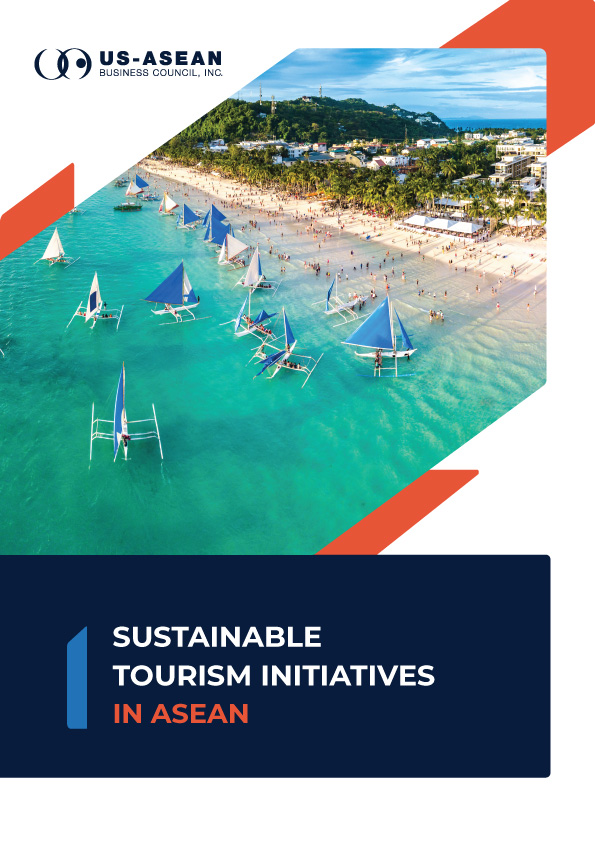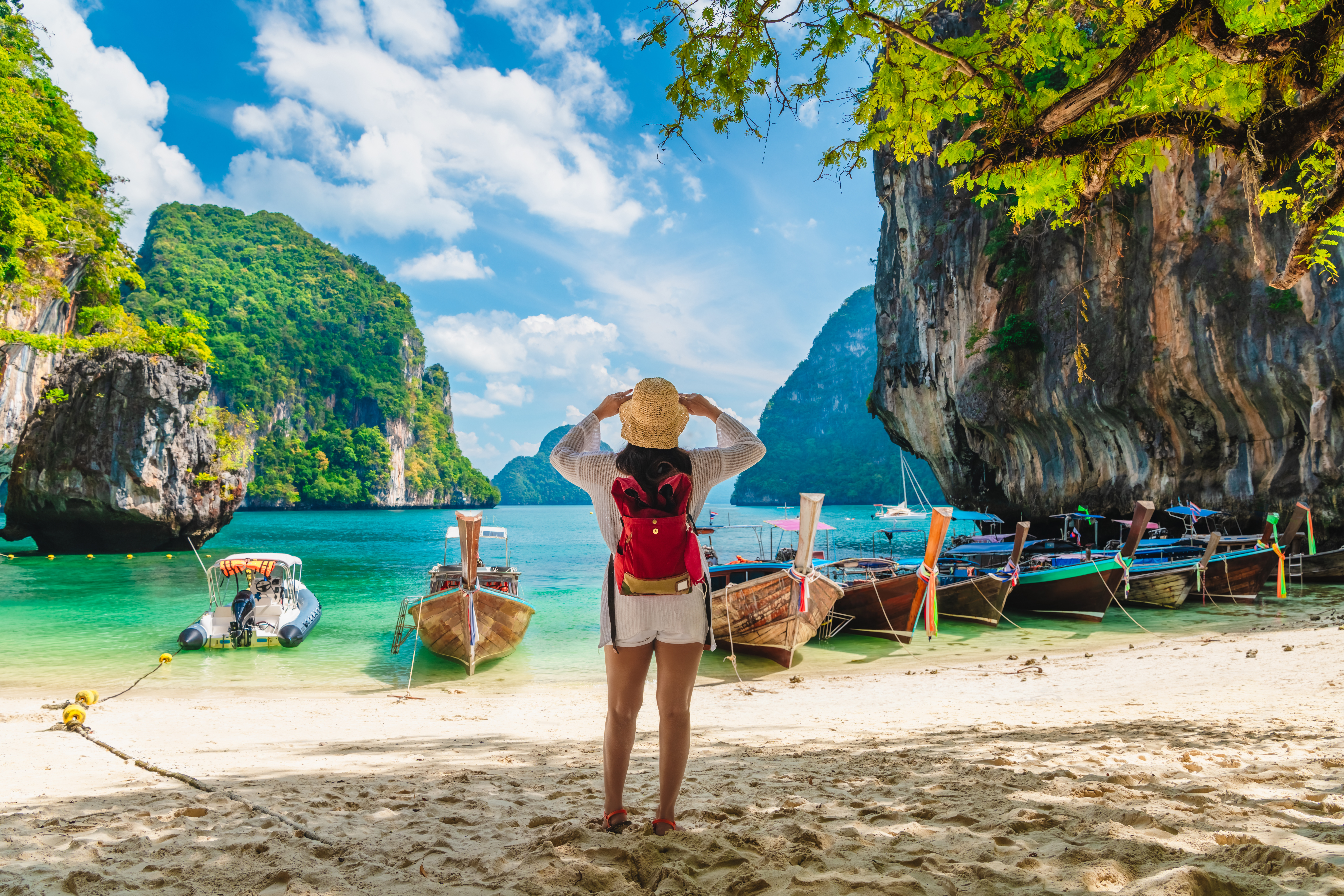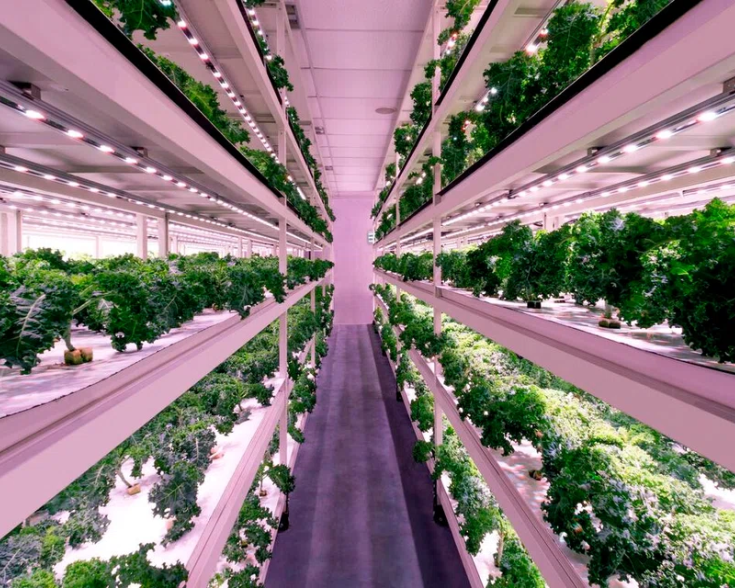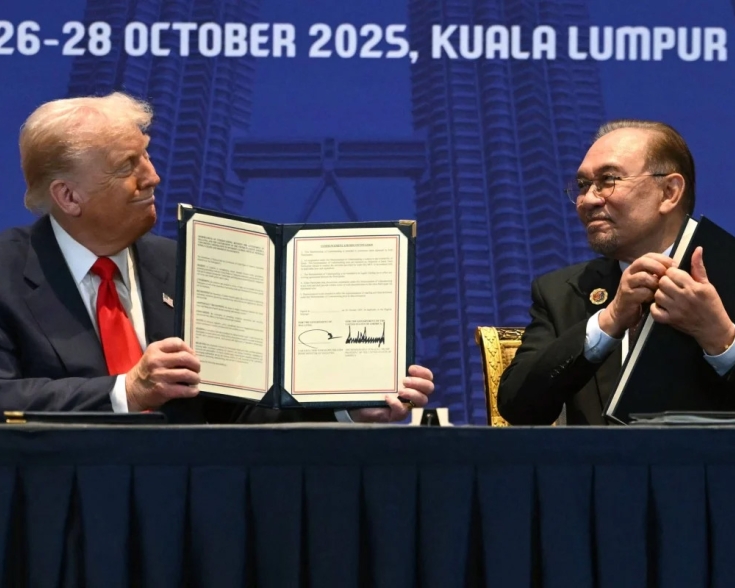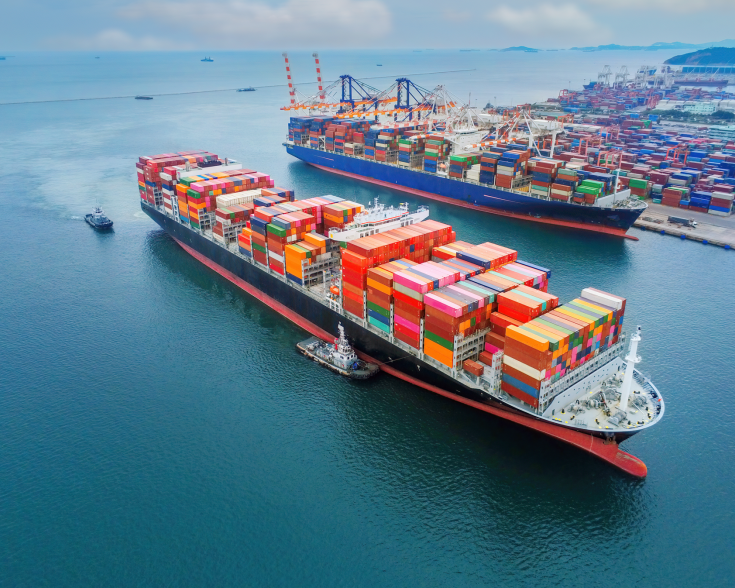Malaysia’s Strategic Push in Tourism and Cultural Diplomacy
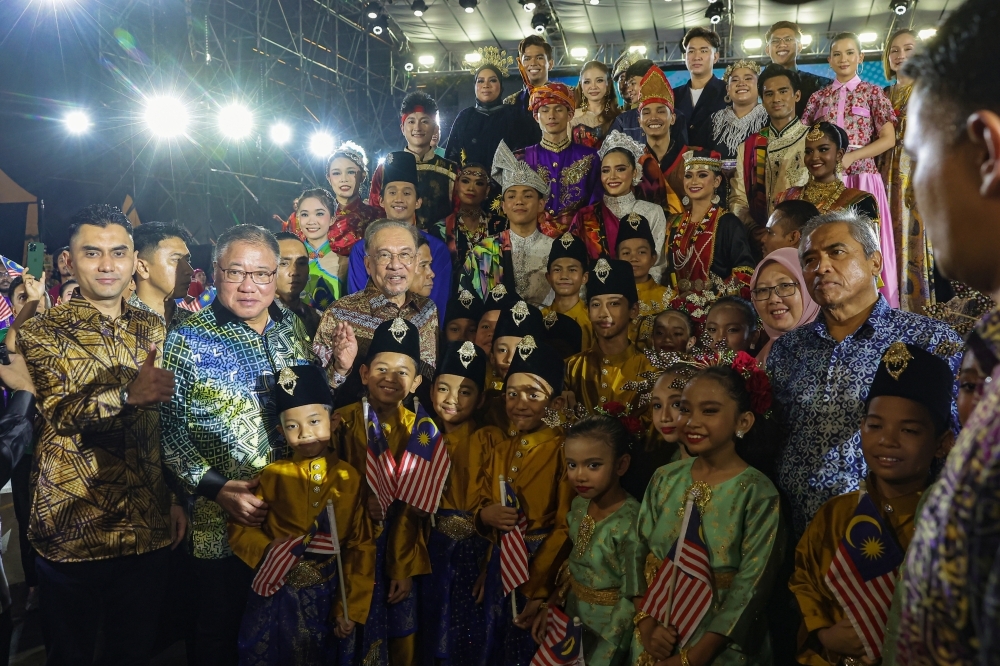
Malaysia’s tourism industry is experiencing record expansion. In 2024, the tourism sector contributed to 15.1% of GDP, generating RM291.9 billion (USD 68.96 billion) in revenue and supporting 21.6% of Malaysia’s workforce. International tourists remain the largest source of growth, drawn to Malaysia’s urban sites such as Petronas Twin Tours, Penang, and Malacca’s heritage streets, alongside natural destinations like Langkawi, Mount Kinabalu, and Sarawak’s national parks. At the same time, domestic travel is also surging, with spending up to 25.1% to RM98.4 billion (USD 23.26 billion).
Malaysia is particularly stepping up its tourism diplomacy ahead of the “Visit Malaysia Year 2026 (VMY2026)”, with its 2026 Budget set to target enhancements in Kuala Lumpur, Putrajaya, and Labuan. The Federal Territories Ministry has requested funds to upgrade Kuala Lumpur, drive tourism promotion in Labuan, and strengthen local authorities’ (PBT) roles. The Ministry hopes these initiatives, backed by the upcoming budget, will improve Malaysia’s image, attract more tourists, and ensure the Federal Territories are ready to host visitors for VMY2026.
Additionally, Malaysia is investing heavily in Lenggong, Perak, as it prepares to receive official designation as a UNESCO Global Geopark. Home to the Perak Man, the oldest known human remains in Southeast Asia, Lenggong’s archaeological and geological heritage is expected to draw global attention. Authorities are pairing this milestone with new infrastructure upgrades to accommodate the surge in visitors, such as improved transport, tourism centers, and hospitality services. By integrating local culture into the visitor experience, Lenggong aims to balance conservation with economic growth, creating a globally competitive destination that reinforces Malaysia’s reputation for sustainable tourism development.

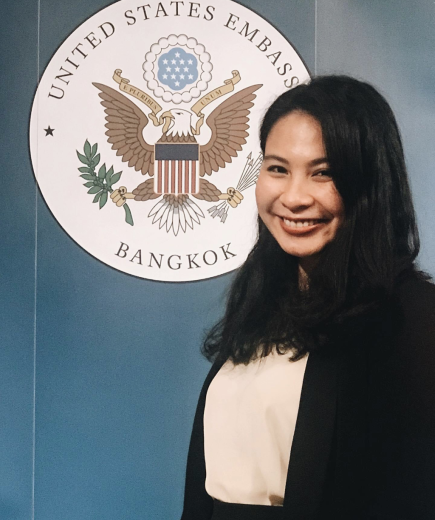

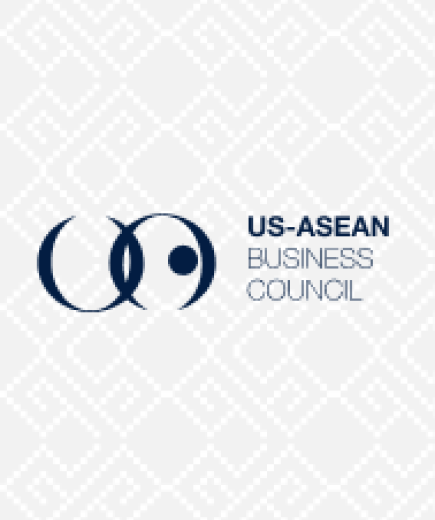
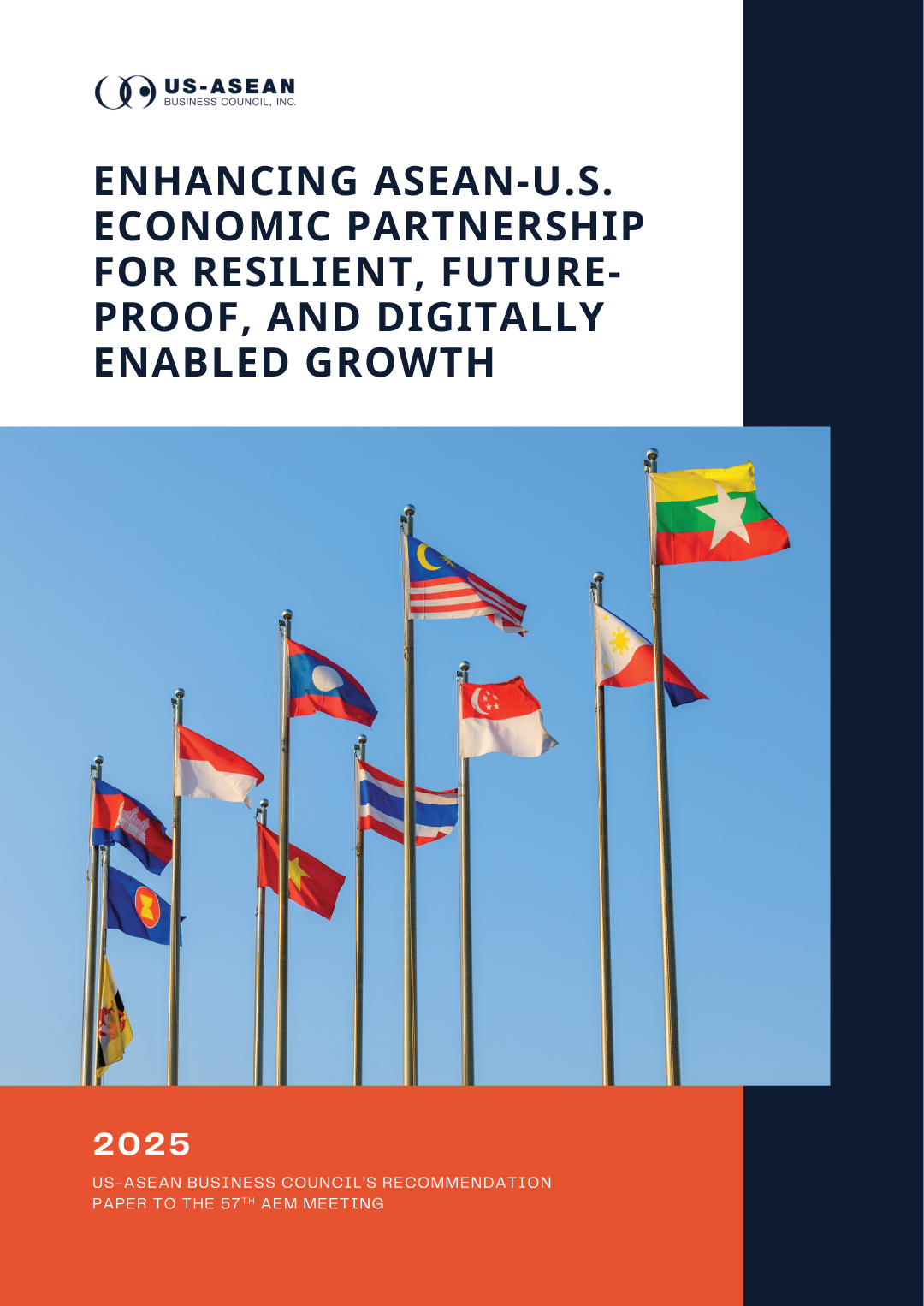
![Cover-[USABC-Final]-Driving-ASEAN-Unity-Malaysia's-Vision-for-2025](/sites/default/files/2025-07/Cover-%5BUSABC-Final%5D-Driving-ASEAN-Unity-Malaysia%27s-Vision-for-2025.jpg)
